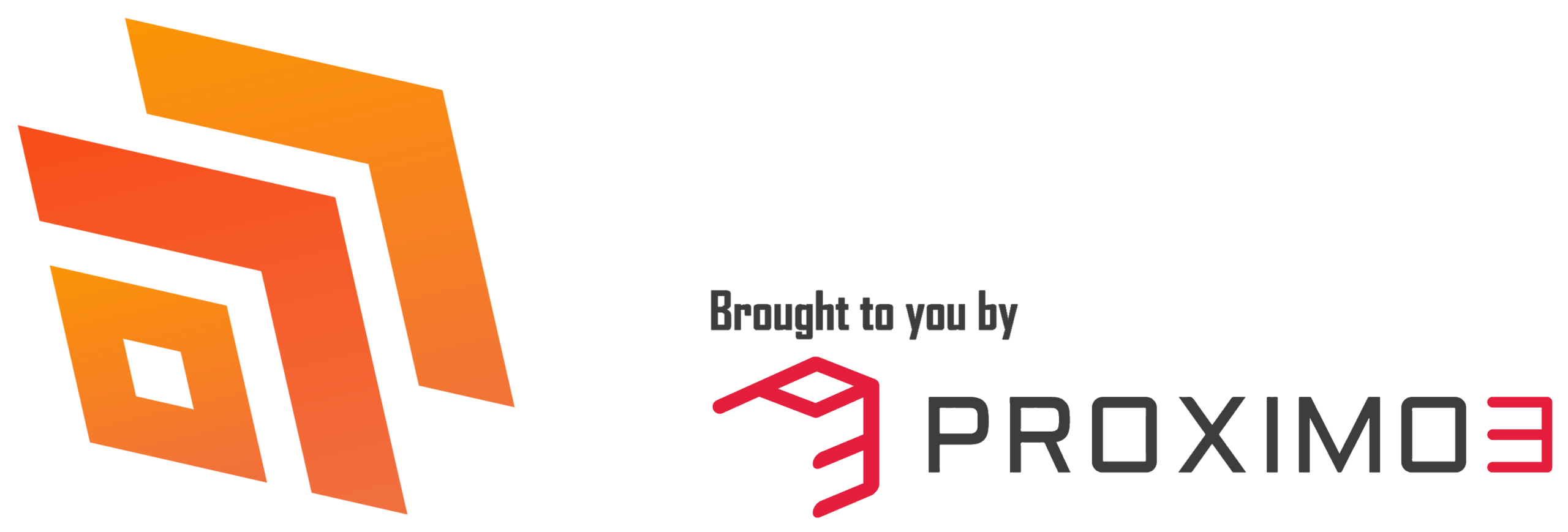Now Reading: How to Choose a Web Design Company You’ll Love Working With
-
01
How to Choose a Web Design Company You’ll Love Working With
How to Choose a Web Design Company You’ll Love Working With

How can you tell if a web design company is worth your investment?
In this guide, we’ll explore how much it costs to build a website in today’s market, highlight key considerations in your evaluation, and recommend questions to ask potential providers.
By the end of this post, you’ll be able to make the right decision with confidence.
What is the average cost to hire a web designer?
Outsourcing web design can cost anywhere from $500 to over $5,000. Your final investment depends on various factors, including your website’s complexity and project timeline.
To illustrate, a basic five-page site built via our website design service costs $499, excluding hosting. This includes a free custom domain for one year and is completed within four business days or less.
In contrast, customizing a larger website requires a substantially larger budget. Hiring a web design agency through the WordPress.com Partner Directory, for instance, starts at $5,000 (excluding hosting).
This higher price point includes a custom-designed website, third-party integrations, multiple revisions, migrations, and pre-launch checks, among other benefits. Website completion takes three months or longer.
Here’s a pricing chart to differentiate the deliverables.
How do I choose a web design company?
The best web design firms don’t just craft websites that align with your brand and vision — they create an experience users love. To pick the ideal partner, here’s what you need to watch out for.
1. Decide what you’re after
Clearly defined goals pinpoint the ideal web design company for your needs.
Determine what you need your website to accomplish. Is it generating leads, driving ecommerce sales, or improving brand authority? Once you define your goal, you can quickly work out a rough budget and the type of agency to partner with.
Here are three examples to illustrate what we mean:
| EXAMPLE | Solo service provider | Mid-sized IT business | Fortune 500 enterprise |
| GOAL | Improve personal brand and attract new clients. | Improve user experience (UX) to increase leads and set up analytics tracking and reporting. | Improve digital footprint and increase pipeline growth through a complete omnichannel strategy. |
| IDEAL AGENCY | Boutique agency specializing in brand storytelling, photo direction, SEO optimization, and conversion-driven design. | Mid-sized agency specializing in conversion optimization and copywriting. | Full-service agency or a group of specialist agencies (e.g., one for web design and copywriting, another for SEO and lead generation). |
2. Curate a list of agencies
After defining your goals, prepare a list of potential agencies.
Here are three ways to find them:
- Referrals: Ask for recommendations from trusted peers who’ve achieved similar goals. This can be your professional connections or community groups.
- Agency directories: Analyze reviews on reputable agency marketplaces like Clutch, DesignRush, and WordPress.com Partner Directory. Focus on web design companies with positive testimonials highlighting outcomes relevant to your goals.
- Favorite websites: Here’s a neat trick. Visit websites you admire, scroll down to the footer, and identify the credited web design company next to the copyright notice. This often reveals web design firms creating the caliber of work you’re seeking.
For example:

3. Focus on agencies that match your business
Choose web design companies whose reputation or maturity level aligns with your own. This strategic alignment ensures effective collaboration and results.
Here’s what we mean.
Imagine your small business hired a prestigious agency. Given larger agencies’ tendency to prioritize bigger clients, it’s likely the agency will delegate your project to junior web designers with limited experience.
Enterprises partnering with less established agencies are no better. With standardized rules and processes, small agencies without first-hand experience navigating red tape will struggle to meet compliance standards, potentially delaying launches.
4. Review portfolios
Prioritize agencies with a proven track record in your industry.
A web design company working with B2C companies is unlikely to understand B2B market nuances — and vice versa.
Review the agencies’ projects, examining the challenges encountered, solutions implemented, and measurable results delivered. This should give you an idea if they possess the needed expertise.
Tip: If their portfolio lacks results, consider contacting past clients to gain insights using this script: “Hey! I noticed your website was designed by [web design studio]. It’s impressive. I’m considering hiring them to revamp my website as well. Out of curiosity, how was your experience?”
5. Assess soft skills
Typically, relationships cause agency partnerships to falter.
Evaluate the web design companies to better understand their communication, teamwork, and problem-solving skills — it’ll prevent partnership breakdowns:
- Company research: What’s their process for learning about your business, ideal customers, sales cycle, and the customer journey?
- Collaborative approach: How do they ensure your input shapes the website from concept to completion?
- Risk management solutions: What do their contingency plans for unexpected hurdles look like? For example, what happens if the lead web designer becomes unavailable?
- Communication style: What channels or systems do they use for regular updates and feedback throughout the partnership?
What to ask before hiring a website design company?
You’ve now identified several potential web design companies on your list. Ask the following questions to pinpoint the perfect partner.
1. “Who will I work with?”
Why ask this question: Anticipate the team members you’ll collaborate with. This way, you can assign the ideal counterparts in your in-house team and plan communication ahead. For example, assigning someone technical ensures immediate responses to technical inquiries from the agency’s web development specialist.
Green flags:
- Offers a kickoff meeting with your dedicated team during onboarding.
- Outlines your direct access to channels and team members (e.g., Slack for daily questions, project management software for design updates).
- Handpicks team members with proven success in your industry vertical.
- Demonstrates ongoing investment in their team’s professional development.
Tip: Check the agency’s careers page to verify ongoing training programs for its web designers and developers. Working with specialists who stay ahead of design tools and emerging technologies ensures your site remains future-proof.
Red flags:
- Cagey about who you’ll collaborate with. This indicates the agency views its delivery team as an afterthought. They’ll likely randomly assign staff without considering who’s the best fit for the job.
2. “How well does your team work together, and how is it structured?”
Why ask this question: Agencies with great internal teams deliver exceptional results. Strong team morale translates to increased productivity, enriched company culture, and successful collaboration with clients and partners.
Green flags:
- Consistently positive team reviews on career communities like Glassdoor.
- Testimonials or case studies highlighting team synergy and collaborative problem-solving.
Red flags:
- Rampant negative Glassdoor reviews reveal poor workplace experiences. This directly impacts your website project as the agency will likely provide poor customer service and inconsistent deliverables.
- Unusually rapid promotion of junior staff to senior roles. This high pace signals you’ll work with an inexperienced team lacking the depth of expertise your web project requires.
Tip: Check the LinkedIn profiles of these agency staff, paying attention to their promotion timeline.
3. “What’s the project communication like? What can I expect to receive during our collaboration?”
Why ask this question: Establish clear accountability to ensure progress toward your business goals.
Green flags:
- Provides a detailed communication plan with deliverables, deadlines, and milestones.
- Adapts their communication style to align with your in-house team’s preferences and workflows.
- Runs regular meetings to keep stakeholders informed and identify potential issues before they impact deadlines.
Red flags:
- Rigid processes that prioritize their convenience over your business workflows.
- Vague or inconsistent communication that risks delayed launches.
4. “What else do you do besides website design?”
Why ask this question: A functional website goes beyond design. Here, you’re trying to tease out the agency’s complementary skills, such as digital marketing, information architecture (the practice of organizing information in a user-friendly way), and user research — all central to creating a website that drives conversions.
Green flags:
- Highlights how their user research approach, mobile-first design process, wireframing, and UX design achieve your business goals.
- Walks you through how it handles security and third-party tool integrations.
Red flags:
- Relies on a one-size-fits-all approach to all websites (e.g., uses plug-and-play templates).
- Over-reliant on AI. While AI is becoming a bigger part of design workflows, it shouldn’t be treated as a complete replacement. The best agencies blend AI with human expertise to drive impact.
- Minimizes the importance of user research, information architecture, etc.
5. “What happens after the website is done?”
Why ask this question: The post-launch process matters as much as the initial design stage. Post-launch optimization helps you quickly spot opportunities for change and prioritize improvements based on results (e.g., conversions).
Green flags:
- Provides a comprehensive action plan (e.g., migrate content management systems, document technical issues in the first three days after launch, check responsive web design, configure GA4 setup, heatmaps, and chatbots).
- Creates an optimization roadmap for the next 30/60/90 days to align efforts, allocate resources, and prioritize improvements.
- Conducts user testing to identify friction points in the conversion path and improve conversion rate.
Red flags:
- “Set it and forget it” approach. The agency treats your website as a one-time project rather than an evolving digital asset that needs long-term optimization.
Start building your website with everything you need, right here
These key considerations and questions offer a useful starting point for further discussion. You’ll narrow down your choice and find the best-fit agency partner to turn your initial concept into reality.
If you’re building a high-end website, check the WordPress.com Partner Directory. All agencies are verified, boast years of experience in multiple sectors, and offer ongoing post-launch support as your website scales. Site migration is included, to boot.
To make it easier for you, we’ll handpick the web design agency best suited to your project. All you need to do is share your vision, design preferences, and desired functionality, and we’ll match you with a partner. Alternatively, if you’re building a smaller website, choose our Express Website Design Service. You’ll get a professionally designed site in four business days or less.
Original Post https://wordpress.com/blog/2025/10/22/how-to-choose-a-web-design-company/
















